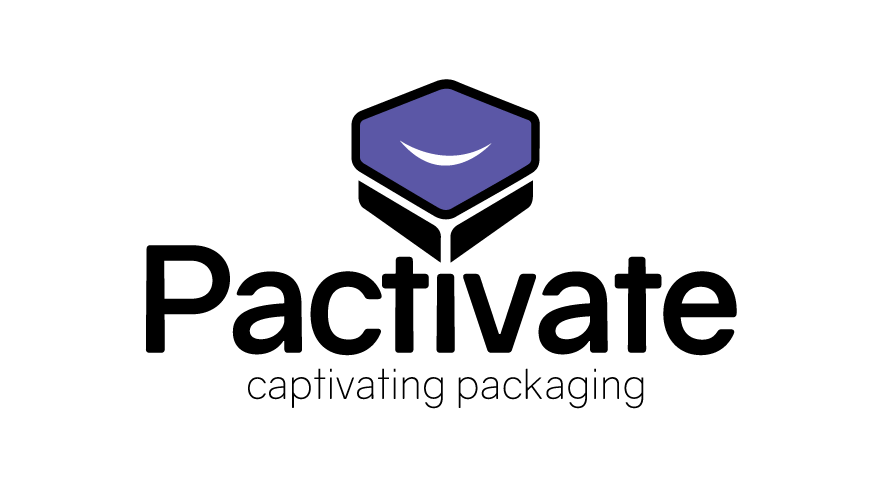Pandas for your Every Need
Packaging Design Focused on Needs...
Of the top 100 endangered species, most (41) are spiders, insects, reptiles, fish or molluscs, with 25 plants, 23 mammals and 11 birds. None of them are very cuddly. So environmentalists had a bit of a struggle in the 60s getting the public on board with offering support for species which weren't very appealing to (the eye?) look at.
We sometimes have the same problem in packaging design - a simple brown box, isn't very nice to look at - but it performs an important function. In the same way, a design which appeals to one person may put another person off.
Back to the Pandas…
In 1961, the World Wildlife Fund (WWF) decided to use the Panda for its logo - not because it was the most endangered species on the planet, far from it (Pandas don't even feature in the endangered list any more),
They chose it because it's the most cuddly of all the endangered species.
This strategy worked - we still think of Pandas being endangered today, and that warm cuddly feeling we get when thinking about supporting our environment is almost subconscious.
This logo was designed with a need to engage and it was effective.
As designers, we often get asked to make something look 'nice and cuddly' without knowing the core message or even understanding the user journey.
In order for a design to be successful - especially physical design, as in product packaging, there must be a need to be fulfilled. It also helps us to measure the success of the design so we can learn from it and improve with each iteration.
The Core Packaging Needs
I find that these needs for packaging can be categorised into 2 core groups.
- The need to protect
- The need to communicate
Each of those needs can be further broken down depending on the type of product, and how the consumer interacts with it. For example, the need to protect in transit is different when sent in the post compared to when sent on a pallet between distribution centres.
Communication and messaging must consider where and how a consumer interacts with a product.
Messaging style depends on the level of consumer knowledge, product complexity and use cases.
Packaging can do all these things, but it shouldn't.
I disagree with the notion that the customer is always right - we shouldn't pander to every need.
It's important that we understand what the core needs are so that we can design optimally.
By designing this way, we can maximise our use of resources which will minimise our impact on the environment. A more focussed design will communicate better to the target consumer leading to more sales.











